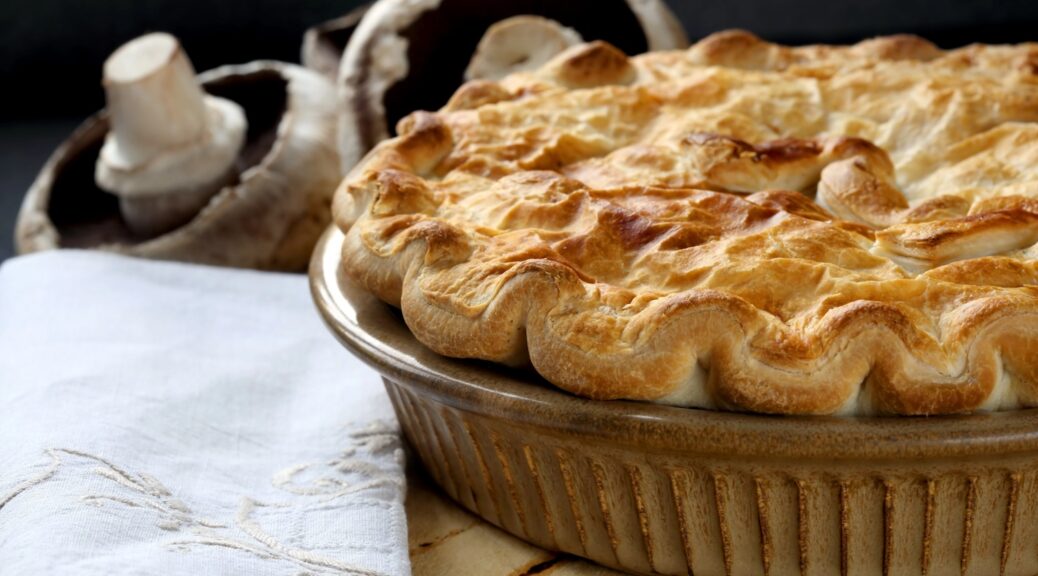Determine Oven Heat in a Wood Burning Stove
“Any systematic housekeeper will hail the day some enterprising yankee or buckeye girl shall invent a stove or range with a thermometer attached to the oven so that the heat may be regulated accurately and intelligently.” Quote from “Buckeye Cookery: With Hints on Practical Housekeeping, by Estelle Woods Wilcox, 1881.” Imagine what it was like to cook food using only a wood burning stove. Oven thermometers hadn’t been invented yet, so recipes often said to cook until done, or to use…







